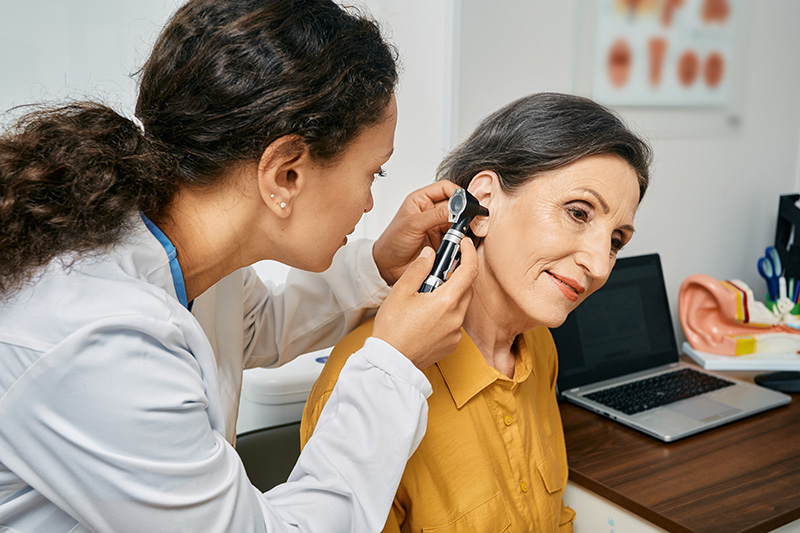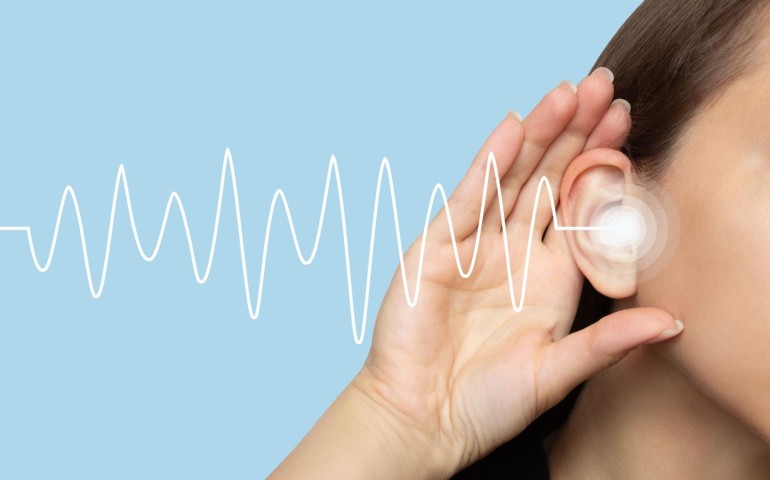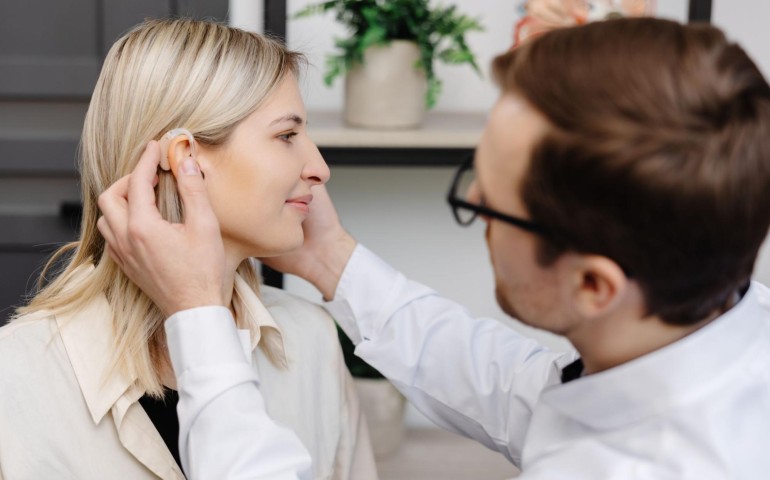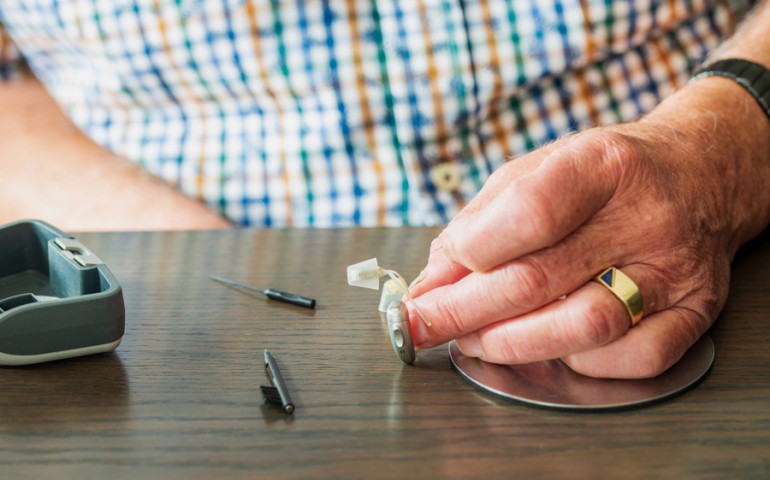What is Unilateral Hearing Loss?
Unilateral hearing loss, or UHL, is a way of referring to hearing impairment affecting one ear. Present in 1 out of every 1,000 newborns, it's a problem that can also affect older children and adults. In many instances, individuals impacted by unilateral hearing loss can benefit from the use of hearing aids. Take a moment to learn more about unilateral hearing loss and what can be done to treat or manage it.
Is Single-Sided Deafness the Same Thing?
SSD, or single-sided deafness, is a more severe or profound type of unilateral hearing loss. In this instance, there's usually a complete inability to hear out of the affected ear. Unilateral hearing impairment is a broader term that refers to a decreased level of hearing in one ear, but not necessarily deafness.
Who Gets Unilateral Hearing Loss?
According to Cleveland Clinic, roughly 60,000 people in the United States are affected by some degree of hearing loss affecting one ear. While more common in children, UHL affects about 7 percent of adults in the U.S.
What Are the Symptoms?
Single-sided hearing loss can vary in nature, ranging from mild to severe. It can also be more subtle in nature. For example, hearing may be within the normal range in one ear, and there could only be a slight degree of hearing impairment in the other one. This type of hearing loss could develop suddenly or be more gradual. Symptoms and signs associated with UHL include:
- Tinnitus – e.g., "ringing" or other persistent inner-ear sounds
- Difficulty getting a feel for where sounds are coming from
- Trouble fully understanding conversations
- Avoiding certain social situations
- Having a tendency to favor one ear or turn to one side to hear better
How Is It Diagnosed and Treated?
If you suspect some degree of hearing loss in one ear, it's best to see a hearing care specialist or ear, nose, and throat doctor (ENT). Tests can be done to determine the nature and extent of the hearing impairment and what's causing it. The treatment and management of UHL or single-sided deafness typically involve:
- Hearing aids: Hearing aids today are programmable in a way that can amplify sounds and improve clarity in the affected ear. Many people with UHL benefit from hearing aids.
- Contralateral routing of signal devices: Consisting of a hearing aid and microphone, a CROS device doesn't improve hearing in the affected ear. Instead, it sends audio signals from the affected side to the unaffected ear.
- Cochlear implant: This is a device implanted surgically into the affected ear. The purpose of a cochlear implant is to improve sound perception and comprehension.
A bone-anchored hearing system is another option for unilateral hearing loss. It includes an external sound processor attached to either a surgical impact or headband. This type of system won't improve hearing in the affected ear either, but it does create awareness of sounds from that side. Another possibility is an FM system, which uses radio signals sent from a microphone to a receiver to improve sound comprehension.
Call Us Today
Whether you have concerns about unilateral hearing loss or other types of hearing impairment, we invite you to take advantage of the services available from Beltone Skoric Hearing Aid Center. Our hearing care team will take the steps necessary to identify your hearing-related issues so beneficial solutions can be recommended. Contact our hearing care professionals today to set up an appointment.






